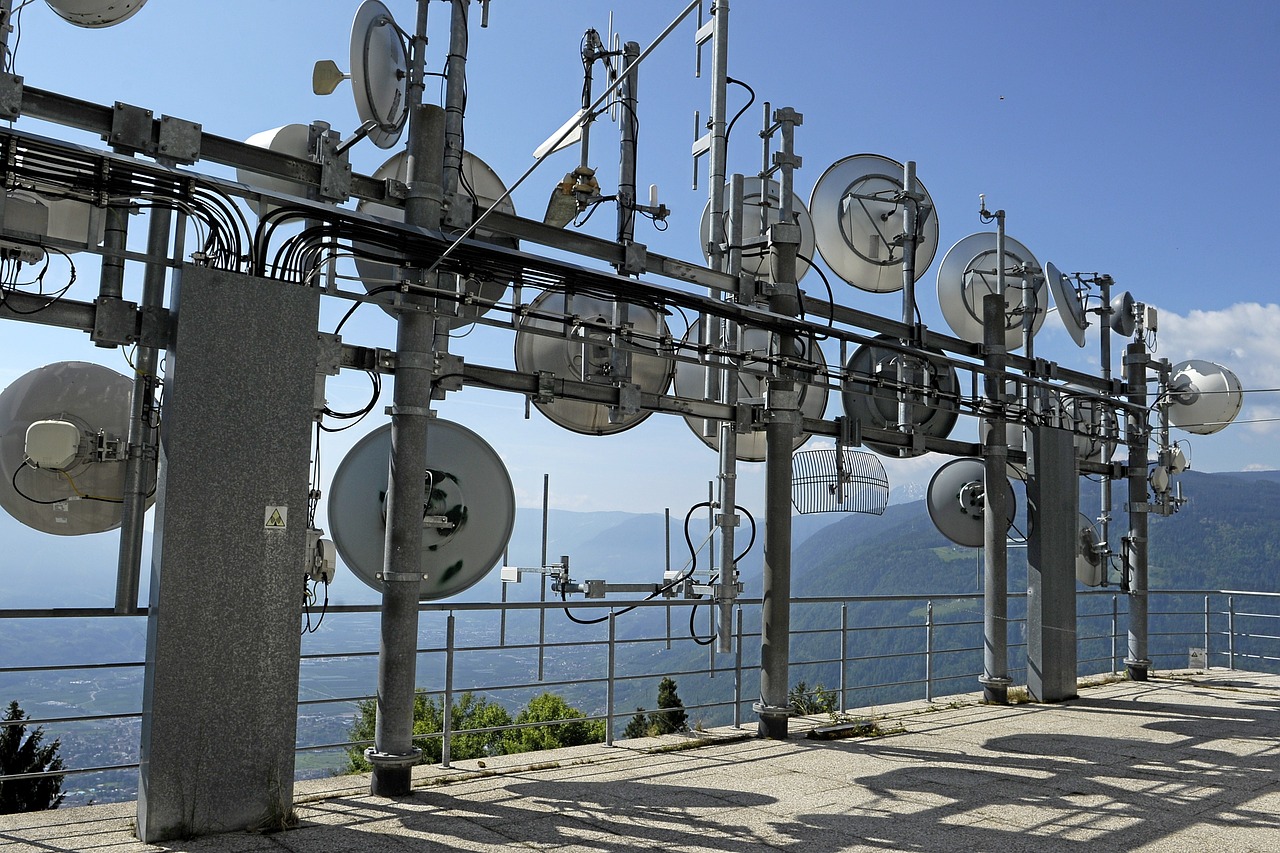Television has long been a cherished source of entertainment, but in recent years, a new phenomenon has taken the world by storm: TV on the radio. With the advent of streaming services and podcasting, audio-only content is enjoying a renaissance, captivating audiences with its unique blend of storytelling and immersive sound experiences. In this article, we explore the rise of TV on the radio and its impact on the media landscape.
A New Era of Storytelling Emerges
In an era dominated by visual content, it may seem counterintuitive that audio-only programming is gaining popularity. However, the resurgence of TV on the radio can be attributed to the power of storytelling. By relying solely on audio, these programs tap into the listener’s imagination, allowing them to create vivid mental images that bring the story to life. This form of storytelling is reminiscent of the golden age of radio, where families would huddle around the wireless, captivated by tales of adventure and mystery.
The rise of TV on the radio has also been fueled by the increasing demand for on-the-go entertainment. Many people lead busy lives and find it challenging to set aside time for visual content consumption. Audio-only programming offers a convenient alternative that can be enjoyed while commuting, working out, or simply relaxing at home. With a pair of headphones and a smartphone, listeners can delve into a variety of genres and topics, immersing themselves in captivating narratives or thought-provoking discussions.
The Podcast Revolution: From Niche to Mainstream
One of the driving forces behind the rise of TV on the radio is the podcast revolution. What started as a niche medium has now exploded into a mainstream phenomenon, with podcasts covering every conceivable topic. From true crime sagas to in-depth interviews with experts, podcasts offer a wide range of content for all interests. Listeners can tune in at their convenience, whether during their daily commute, workout, or while relaxing at home. The accessibility and convenience of podcasts have made them a go-to choice for those seeking engaging audio content.
Podcasts have also provided a platform for independent creators to produce and distribute their content without the need for a traditional broadcast network. This has led to a democratization of the media landscape, allowing diverse voices and perspectives to be heard. As a result, audiences are exposed to a plethora of stories and ideas that may not have been represented in mainstream media. The podcast revolution has not only transformed the way we consume audio content but has also opened doors for aspiring creators to showcase their talent and connect with audiences around the world.
Escaping the Visual Overload
In an age where screens dominate our lives, TV on the radio offers a much-needed escape from visual overload. With countless hours spent in front of screens for work, education, and entertainment, it’s no wonder that many people are seeking a break from the visual stimuli. TV on the radio allows listeners to disconnect from their screens while still enjoying captivating stories and thought-provoking discussions. It provides a reprieve for the eyes and a chance to engage with content in a more auditory and introspective manner.
Moreover, audio-only content allows for a deeper level of immersion and focus. Without the distractions of visuals, listeners can fully concentrate on the narrative or conversation at hand. This heightened attention to audio can lead to a more profound emotional connection with the content. It also encourages active listening, as listeners are encouraged to imagine the scenes and characters described, creating a personalized and intimate experience.
A New Frontier for Creativity and Innovation
TV on the radio has given rise to a new frontier for creativity and innovation. Content creators are pushing the boundaries of what can be achieved through audio storytelling, experimenting with atmospheric sound design, multi-dimensional narratives, and interactive elements. From immersive audio dramas to gripping investigative journalism, the possibilities are endless. With the freedom to create unique and imaginative content, creators are redefining the audio landscape and captivating audiences in ways that were previously unimaginable.
The rise of TV on the radio has also spurred collaborations between audio producers and other creative industries. Music composers, sound engineers, and voice actors are joining forces to create immersive and engaging experiences. The result is a fusion of different artistic disciplines, where sound becomes the medium through which stories are brought to life. This interdisciplinary approach not only enhances the quality of the content but also opens doors for new career opportunities and collaborations within the entertainment industry.
In conclusion, the rise of TV on the radio has transformed the media landscape, offering audiences a unique and immersive form of storytelling. From podcasts to audio dramas, this audio-only content has captured the imaginations of listeners around the world. As technology continues to advance and creative boundaries are pushed, we can expect TV on the radio to thrive and evolve, providing us with new and exciting experiences for years to come.

